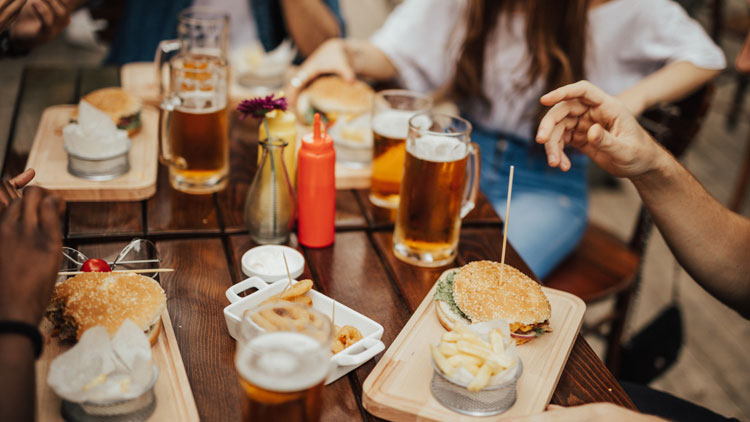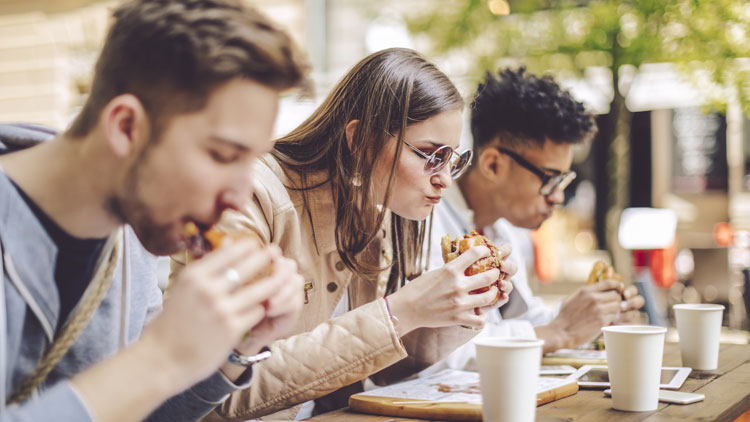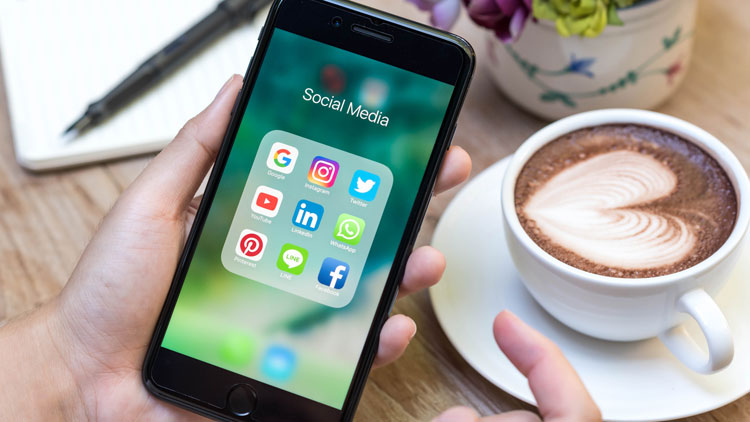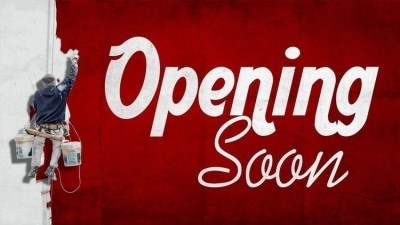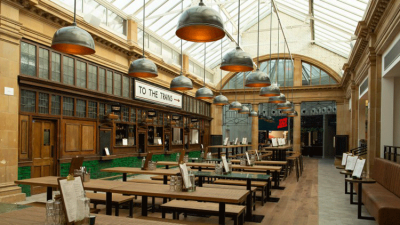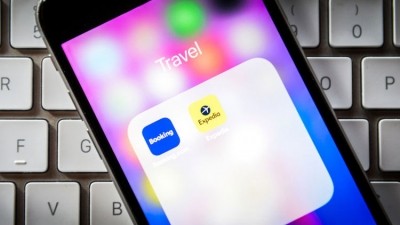How can restaurants attract more millennial diners?
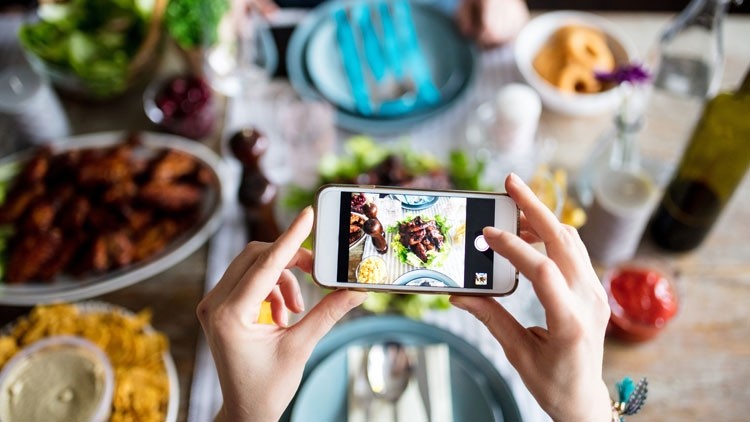
Whether you’re interested in millennials or not it is undeniable that they are changing the way we eat.
While there is no set definition of a millennial, it is generally accepted to be a person born between the early 1980s and early 2000s, thus reaching young adulthood in the early 21st century. Tech and social media savvy and more inclined to eat out and spend more disposable income doing so, millennials are a potentially lucrative demographic for the industry. And yet their demand for convenience, different booking habits and less loyalty to restaurant brands means they can also prove elusive as regular customers.
To try to understand more about millennials, Restaurant magazine gathered a group of restaurateurs from various styles of operations to discuss what restaurants could do to attract more of them through their doors. Here’s what they had to say.
Targeting millennials
Neil Rankin (Chef director, Temper): Temper Soho ended up being a more commercial project than I originally wanted, it is a bigger space and more high end than planned. When we opened Temper City we wanted to go even more high end and be more glitzy and impressive and that was a mistake, we probably lost the millennial diners a little bit. A lot of millennials come to our restaurants and they are still our target demographic, but we do still need to adapt to get more of them in; we are definitely missing out on them.
Clive Watson (co-owner, Blixen): I don’t think you need to separate millennials from other people.
NR: At Temper City we’ve ended up with the 20-45 year old age bracket with a 50:50 male:female split. People are looking for a bit more fun, these are our core customers so let’s make sure we stick to that and not turn the music down because one grumpy person has asked us to. If we lose those few people that’s fine because we’ve got to stick to what we do best. For Temper City I thought we had to be slightly different but we’ve looked back six months on and it isn’t us – we’re playing jazz for god’s sake. By trying to please these diners who were never going to come to us, we moved away from the original plan – we’re now looking back and saying we’ve got to change and target people like millennials.
David Carter (owner, Smokestak): Every so often we get people who come into our restaurant and we think ‘we are never going to get this right’. The music is too loud, it’s too dark. But we are not going to change that because it works for most of our customers.
James Lewis (marketing and creative director, Gauthier Soho): People don’t come to us for a millennial dining experience. If we were to change the way we did things to be more millennial it would put people off. They come to us for an anti-millennial experience; they want the old-fashionedness. That said, we are moving towards a more vegan menu, which is attracting a lot more younger people.
Niels Kristensen (director of F&B, The Ned): With The Ned being in the City we thought it would be very male dominated, but it isn’t. The most popular restaurants are the healthy options – Malibu Kitchen and Kaia, which appeal to millennials and where people book further in advance.
Spending habits
Razak Helalat (owner, The Coal Shed): We’d like to have more millennials in, we like the younger crowd. At the moment we get a lot of pre-theatre people but not that many millennials. I wonder whether our price point is something to do with that?
DC: They are quite price sensitive.
Lucy Taylor (head of restaurant development group, OpenTable): Perhaps that’s because they eat out more – that’s what the data suggests. Millennials spend more of their disposable income on dining.
Tom Slegg (co-owner, Picture): Millennials can compare who is the cheapest online. They can go onto OpenTable and easily look at the prices of all the tasting menus. We lowered the price of our six-course tasting menu and saw a massive increase in millennials diners coming in for it because it’s their opportunity to have a more affordable experience of one. The key is to not treat them differently to anyone else, whatever style of restaurant you’ve got.
Jose Luis Gonzalez (managing director, Lima London): We get a lot of millennials at our Fitzrovia site. They are quite discerning and they spend well and they do come a lot, but they also do look for value. They don’t want to spend unnecessarily but will pay for a good experience.
Different booking habits
NR: Temper City has no walk-ins in the evening, if we get cancellations we don’t get it back, which is why it’s hard. Temper Covent Garden is mainly walk-ins, but bookings are growing week on week. We’re a five minute walk from Temper Soho but it’s very different. And if we were 100 yards further into the centre of Covent Garden business would be all walk-ins. Soho is pretty consistent, we get a lot of cancellations and no-shows and then we get walk-ins to cover that.
On a Friday night we could have 240 reservations on the books, lose 50 through cancellations and end up doing 300 with last-minute bookings. It wasn’t like that last year, where people were booking early and cancelling and the no-show rate was much higher. I’d rather people booked last minute and turned up than made a booking further in advance and then not shown. We even have same hour bookings now at Temper Soho.
Adrian Valeriano (vice-president EMEA, OpenTable): One of the things we see at OpenTable is a surge in the percentage of last minute reservations. For example, 35% of same day reservations on mobile in London in 2017 were made within 90 minutes of seating.
DC: When you have people booking last minute, their tendency to no show is much higher. People are just trying their luck. They think ‘I’ll book a table at 9.45 but if I can get in somewhere else in the meantime I’ll go there’. If you’ve booked that day and haven’t shown in 20 minutes we’ll call once and then we’ll assume you’re not coming.
CW: There is a massive oversupply of restaurants. If I want to get a table at any restaurant in London I can now, when historically I had no chance. Culturally people’s booking ethics have changed, they don’t have an allegiance with a restaurant or care about the operator losing money – they’ve got options. London is a social city, people are more casual and don’t plan ahead, it’s a deeper cultural thing.
AV: London is an ecosystem of many different kinds of diners. There’s a lot of people coming from different parts of the world who prefer different dining times, some really late, some really early. Millennials are unique: the data says they are highly committed, they spend a lot of time researching online about where they want to go, and then make a booking within 90 minutes of their meal time.
Tom Slegg: It’s so easy to make a booking these days. People are often forgetting they have made a reservation with us because it’s so simple to do now. I make a lot of confirmation calls on the morning of the booking and a lot of people say ‘yes I’ll be there’ and then they go online and cancel the booking.
Dan Morgenthau (co-owner, Woodhead restaurant group): This is not to critique the technology. We are grateful recipients of the ease with which customers can book. But one must acknowledge that their relationship is with the technology itself rather than with the restaurant. If you call to make a reservation, the person you speak with generally has an interest in you and so people are more likely to let you know if they are not coming. We do find a higher propensity for cancellations when we’ve not been able to mediate that relationship.
JL: We make sure we strike up an immediate verbal relationship with a customer from behind the electronic book. We find if we do they are more likely not to no show.
NR: People book differently for different places. At Covent Garden 60% of bookings are phone bookings, 40% are online. At Soho 70% is online, 30% by phone.
AV: OpenTable bookings have a lower no-show rate at 3.9% versus 4.7% of phone reservations becoming no-shows. It’s not about looking at online technology and coming down one side or the other, it’s about understanding that certain types of diners like to book in certain ways.
Mark Hastings (director of restaurants, Mandarin Oriental Hyde Park): Dinner [by Heston Blumenthal] is a restaurant where you book three months in advance. We will have 150 on the books and do 150. But we take credit card details to reduce no-shows. At Bar Boulud we can start with 30 and sometimes do 150 in a night.
Toby Smithson (general manager, Tramshed): Tramshed is a 200-cover restaurant. Last year it was easy to fill on weekends, we had 300 bookings on a Friday and Saturday night and 100 walks in, but we’re slightly suffering at the minute in the current climate. Sixty per cent of people still book over the phone.
AV: London is a much more complex place than it was. There are all different types of diners and millennials are just one piece of that. Restaurants need to be careful about choosing just one path – it’s about enabling people to interact with you the way they want to. For some people it will be a more online way, some want to talk to a person.
MH: We take a lot of online bookings at Dinner by Heston Blumenthal. We don’t want to have 10 members of staff on the phone all the time taking bookings, we want as many people facing the customers as possible. Younger people are much more comfortable with this, they often don’t want interaction at all when booking.
NR: Dinner by Heston Blumenthal is a restaurant where you need to book in advance and the people who do so tend to stick to their reservation, I’d imagine. Temper is not a place where people book far in advance.
JL: At Gauthier Soho about 99% of our customers book well in advance. We have virtually no walk-in trade at all.
Social media and the tech savvy
DC: People are more tech savvy these days, for sure. We see that.
JL: We’ve experimented with this. WithOpenTable you can send a welcome PDF with your [online] reservation confirmation email, so we’ve created a big document introducing every member of staff and the restaurant itself. It’s something that comes into their in-box automatically.
AV: We’re big believers in enabling the technology to be able to create a positive relationship between the restaurant and the diner, whether it’s linking to things like pictures of food or menus or enabling a conversation where they can text back through the platform itself. There’s lots of things you can use to create these relationships.
Tom Slegg: Social media can be a really useful tool for relationship building too as millennials love Instagram and Twitter. The people who do best on social media are the ones who create a story and a relationship with their followers rather than just a sales pitch. Instagram stories can be very effective.
DM: Yes, but you can give too much weight to building a connection outside of the restaurant. Most restaurants have enough customers in a week to turn into regulars or repeat visitors. There’s a fetishisation of using social media to entice guests who haven’t been to your restaurant. With social media I would not know where to begin. It works when the content someone is seeing resonates with them. As restaurateurs we should acknowledge that these transient millennials are slightly out of our reach and instead focus on the people who come through our door. To me that’s a healthier obsession.
JLG: I don’t think social media helps with bookings but it does with our story and image. We don’t use social media to get customers in but rather to build our image.
Tom Slegg: The opportunity is always there for it to help you though. Once a private hire for the whole restaurant cancelled at 6pm the night before and we were left with zero on the books for the next day. I put it out on Twitter, Instagram and Facebook telling people what had happened and offering 50% off food and emailed people I knew in PR to ask them to retweet my tweets. People did and we were fully booked by 10am, it was amazing.
AV: Maybe you need a partner like OpenTable that can help you fill seats at full price.
Sharing and reviews
AV: For millennials word of mouth is sharing online, this is how they experience and interact with the world. These particular diners are constantly interfacing with technology. They like being able to upload photos of their dining experience to their reviews, this is what these diners are telling us they want.
JL: There are so many people posting reviews these days. Why? For millennials it’s part of their lifestyle, to enhance their own brand by the reviews they post and the places they go.
AV: Whether this is bad or good is sort of irrelevant. It just is. We think of it as self-aggrandising, but the reality is millennials like to take pictures and share them. The question is, if you’re not going to do it yourself, how are you going to partner with people who are going to help you make the most of how young people now interact with restaurants? They do spend a lot of money at restaurants, they are significant.
Tom Slegg: Millennials are different to older generations. The older generation goes on TripAdvisor and writes reviews, millennials are instead using Instagram for their reviews. They almost recommend any place they go to, it’s the thing to do.
DM: You can become obsessed with the relevance of your restaurant and whether it is still being talked about. That’s a distraction when you should be concentrating on things in the restaurant.
AV: It’s two separate things. You’ve got to be authentic and do what you do well and be passionate about it – hospitality is the key to all of it. But that’s one conversation. The other is that there’s this group of people out there trying to decide where to go for dinner tonight, how are you going to capture them and get them into your restaurant? There is no need for restaurants to do it all by themselves.
This article was based on a roundtable discussion held in association with OpenTable.
